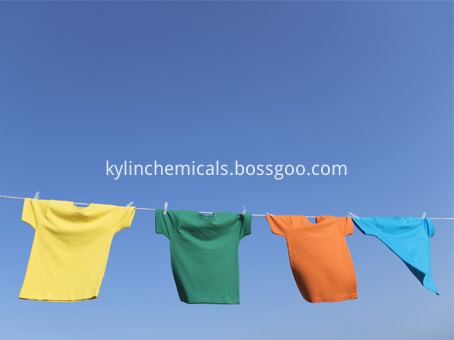Due to the complexity and variety of pollutants, industrial wastewater treatment processes are different, such as methanol wastewater treatment, the use of activated carbon technology is conducive to the recovery of such waste water recycling. This article has carried on the concrete analysis from many aspects such as the technological process, the characteristic, the parameter, the engineering application effect as well as the economic efficiency and so on. 1. PetroChina Daqing Petrochemical Co., Ltd. Fertilizer Plant is an annual output of 30 × 104 tons of synthetic ammonia, urea 48 × 104 tons of large-scale nitrogenous fertilizer plant, the discharge of process condensate and urea-water only slightly contaminated, the year The emission is about 130 × 104m3. The analysis shows that the main pollutant in the process condensate and urea-hydrolyzed water in the plant is low-concentration methanol. Therefore, the removal of low-concentration methanol has become the key to the recycling of such wastewater. Methanol wastewater reuse technology and features 2.1 process Daqing Petrochemical Company fertilizer plant low-concentration methanol wastewater treatment and reuse of the project process shown in Figure 1. After the process condensate and urea hydrolyzed water from the workshop are mixed, the water temperature is higher, about 50-60 ℃. In order to provide better working conditions for subsequent units, the heat exchanger is used to design the mixed liquor Cool. Aeration of the mixture in the aeration tank increases the dissolved oxygen content in the water and provides better conditions for the bio-activated carbon to decompose the organic pollutants in the wastewater; meanwhile, the exposed air can further cool the mixture. Experiments have shown that a combination of process condensate and urea hydrolyzed water produces a yellow floc that can block the pores of activated carbon and inhibit the breakdown of bioengineered bacteria. In order to reduce the impact of the yellow floccules, a disc filter was placed before the bio-activated carbon canister to remove impurities and reduce the processing load on the biocarbon canister. Immobilized cans are equipped with artificial immobilized bioactive carbon, which mainly uses the larger specific surface area of ​​activated carbon to adsorb small organic pollutants similar to methanol in water. The highly efficient bioengineering bacteria adsorbed on activated carbon is sensitive to organic pollutants such as methanol and the like, Has a strong oxidative decomposition capacity, can effectively degrade the organic matter such as methanol. 2.2 process characteristics Artificially immobilized biological activated carbon to remove methanol and other organic matter, including the adsorption of activated carbon and biodegradable engineered bacteria, the adsorption of activated carbon at higher water flow rates and shorter contact time adsorption of low concentrations of methanol Porous; growth fixed in the activated carbon surface and its pores in the engineering bacteria with methanol as a nutrient source and its decomposition. The organic combination of adsorption and biodegradation not only prolongs the life of activated carbon, but also provides convenient conditions for engineering bacteria to decompose methanol. 3 main structures, equipment and process parameters In the design and construction, based on the principle of "tapping the potential of the submersible, saving resources and reducing consumption", the utilization and reform of the original equipment have been fully considered in the equipment selection. The main structures such as heat exchangers, aeration tanks and pumps are Factory original equipment. 3.1 heat exchanger The design of the selected coil heat exchanger, heat transfer area 312m2, cooling water temperature 20 ℃, cooling water volume 200 m3 / h, made of carbon steel. After the heat exchanger fluid mixture can be reduced to below 40 ℃. 3.2 aeration tank Aeration tank effective volume of 120m3, aeration tank equipped with a head, access to air volume 75 m3 / h, air temperature 20 ℃. Aeration after the water temperature can be reduced to below 35 ℃, pH value close to 8, to meet the requirements of the follow-up process. 3.3 disc filter Acrylic Dispersant Polymers & Thickeners
Kylin Chemicals manufactures & supplies high performance Acrylic dispersant polymers & thickeners, serves a variety of use in the following applications.
Detergents and Laundry
Cosmetics and Personal Care
Our advanced DCS manufacturing systems, advanced analytical instruments and quality systems assure the quality, stability and sustainability to your supply chain needs.
Acrylic Dispersant Polymers,Acrylic Dispersant Thickeners,Ethylene Diamine Tetraacetic Acid,Kl Carbomer Kylin Chemicals Co., Ltd. , https://www.kylin-chemicals.com

